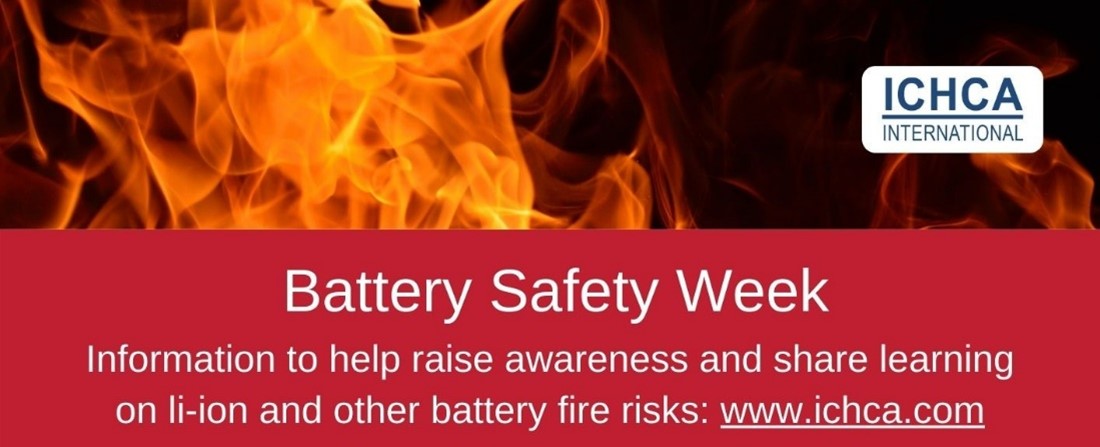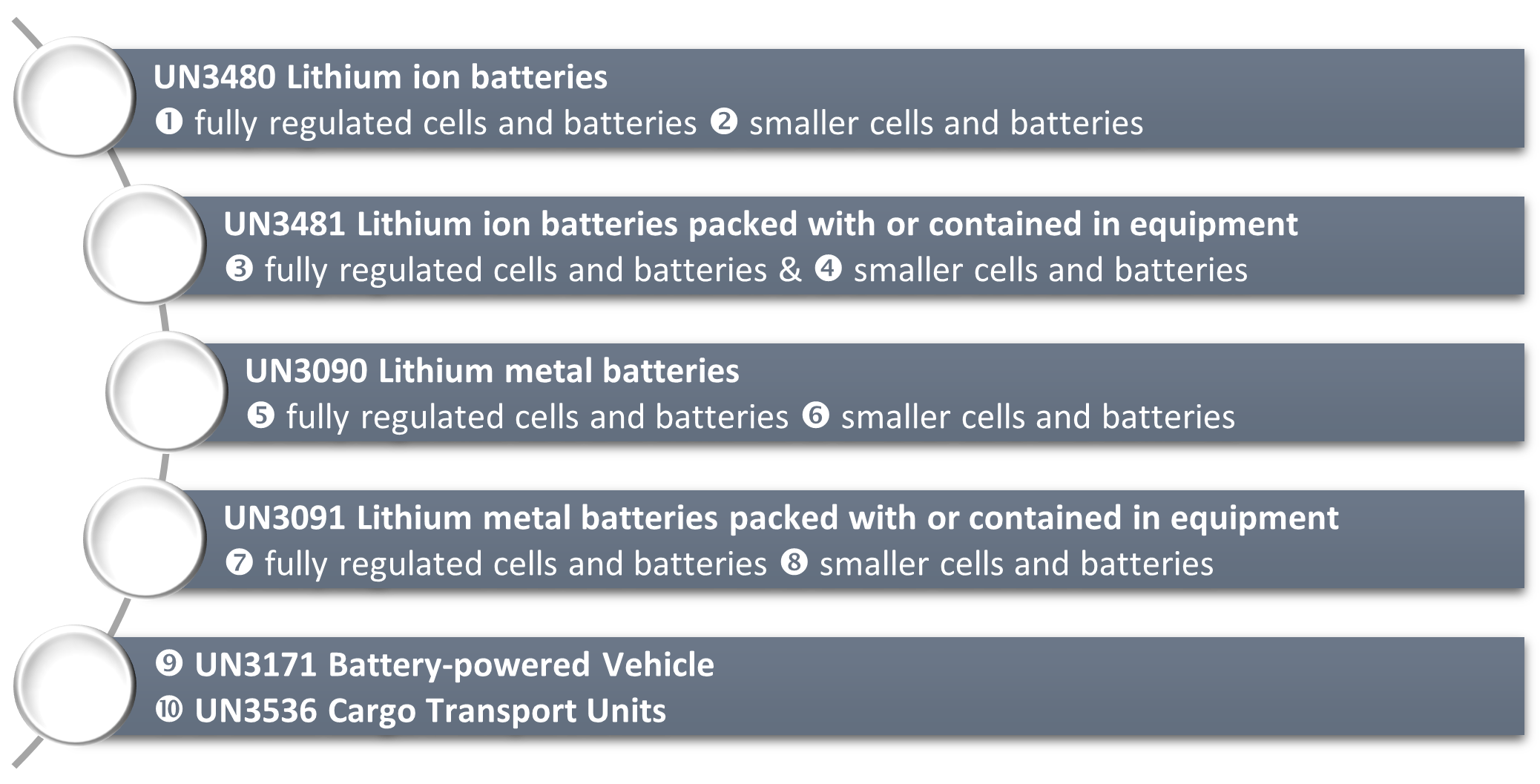Battery Safety Week – Day 5: Lithium Battery Guide for Shippers: A Compliance Tool for All Modes of Transportation (US Department of Transportation, rev. Sep 2021)
Today is the final day of our battery fire safety week, but it is far from the end of the journey. We set out to put a spotlight on the hazards associated with transporting principally (but not exclusively) Lithium Ion batteries. Through the week we have seen the work of many stakeholders contributing to raising awareness and improving learning. We are committed to working with members and partners to understand the risks and continuously improve how the whole industry can manage safe transport of batteries.
Lithium Battery Guide for Shippers: A Compliance Tool for All Modes of Transportation (US Department of Transportation, rev. Sep 2021)
This compliance resource seeks to assist shippers to safely package lithium cells and batteries for transport by all modes of transportation. As a US guide, it is embedded in national regulatory requirements: Hazardous Materials Regulations (HMR; 49 CFR Parts 171-180). Operators outside the US, will also need to consider any other relevant national and international frameworks.
The guide provides ten scenarios outlining the applicable requirements that a shipper must follow to ship packages of lithium cells and batteries in various configurations such as UN3091 Lithium metal batteries packed with or contained in equipment – smaller cells and batteries and UN3536 Cargo Transport Units.
guide provides ten scenarios outlining the applicable requirements that a shipper must follow to ship packages of lithium cells and batteries in various configurations such as UN3091 Lithium metal batteries packed with or contained in equipment – smaller cells and batteries and UN3536 Cargo Transport Units.
Each of the ten distinct shipping guides refers to the regulatory requirements for a specific lithium cell/battery type, configuration, and size. Each one covers topics such as packaging, hazard communication (e.g., package marking, labelling, shipping papers), stowage, and handling of hazardous materials. The shipper can find the applicable provisions to follow depending on the given scenario. The guides are not a substitute for knowledge of and compliance with regulations.
The Lithium Battery Guide for Shippers is available from: https://www.phmsa.dot.gov/sites/phmsa.dot.gov/files/2022-09/Lithium-Battery-Guide-FN.pdf
We are listening…
We are keen to hear from you about your experience and perspectives on this topic. Do you have comments on the material that we have shared? Do you have links to guidance that might help others in the industry to continually improve management of this risk.
Please send any comments, ideas, links or questions to secretariat@ichca.com
Video recordings
The video recordings of our Li-Ion webinar are still available on our web site on the following links:
Captain Randall Lund, Senior Marine Risk Consultant at Allianz Risk Consulting
Lithium-Ion batteries – fire risks and loss prevention measures in shipping
Cdt. Dirk Van de Velde, CO Health Safety, Security & Environment, Mediterranean Shipping Company
Carrying and handling electric vehicles – managing operational risk
Thomas Jahren, Distribution Manager (Europe & Asia), Bridgehill AS
Be better prepared for electric vehicle fires
We are grateful to all of the organisations mentioned in this release who have demonstrated health and safety thought leadership by researching and releasing material intended for the benefit of the industry and its people. References to external links, documents and web sites remain with the copywrite owners.
ICHCA International is not responsible for, and cannot guarantee the accuracy of, information on sites that it does not manage; nor should the inclusion of a hyperlink be taken to mean endorsement by ICHCA International of the site to which it points.


